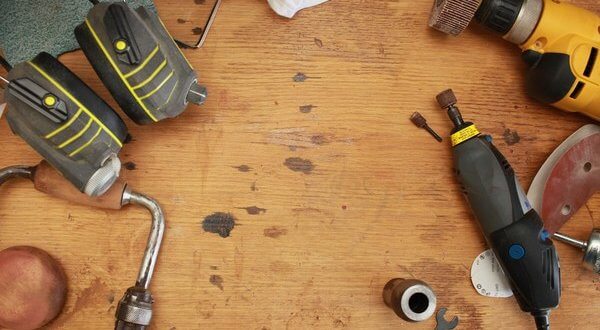Being a homeowner, living alone or wanting to gain more knowledge and independence when it comes to your house can mean learning how to complete a lot of do-it-yourself projects.
While it can be a frustrating process to learn how to do these projects, it can feel very rewarding at the end of the day to complete a task at home.
Plus – it’s very frugal! Learning to tackle problems in your home can save you thousands of dollars versus outsourcing the work.
As the daughter of an aeronautics mechanic and electrician who always insisted on DIY solutions, I know my way around a tool-set and I fix any issues that pop-up in my home.
That being said, there is one very important step to complete before you even begin to think about these projects: you’re going to need supplies – mainly, tools.
While there are an infinite number of tools on the market, there are six essentials that you’re going to want in your toolbox.
Check them out below!
1. Claw Hammer
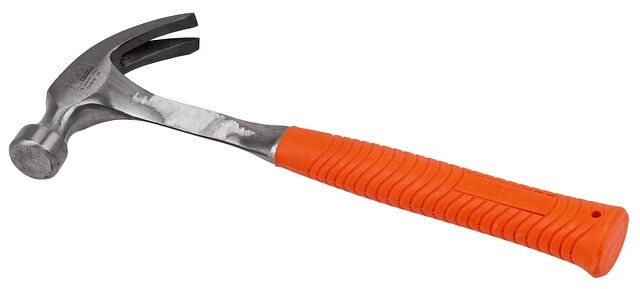
Whether you’re building IKEA furniture, hanging up your favorite artwork or just trying to undo a bit of damage, a claw hammer is going to be an essential part of your toolkit.
Claw hammers are dual purpose; they have the hammer’s head on one side for driving nails into surfaces and the pronged claw on the other side for prying nails out of surfaces.
Claw hammers are usually fairly inexpensive, only weigh a few pounds and will come in handy for nearly every project you complete around the house.
2. Screwdriver Kit
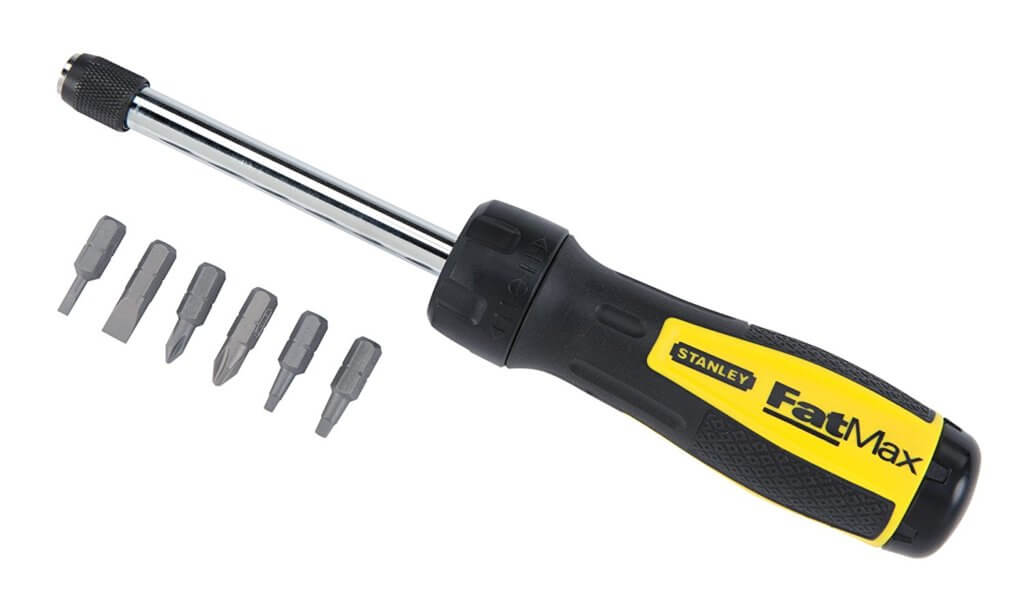
If the hammer is essential, the screwdriver kit is vital.
When you’re not working with a hammer and nails, you’re probably going to be dealing with screws, which work best with a screwdriver.
However, just one screwdriver probably isn’t going to be enough.
Look for a screwdriver kit that contains multiple sizes of both flathead and Phillips screwdrivers. A guide can help you pick the right kind of kit for your needs.
Screwdrivers can also be used to open cans of paint, pry things apart and save the day in many kinds of projects.
Basic screwdriver kits won’t break the bank, but you can spend a little more money and get more bang for your buck with magnetic tipped screwdrivers, or screwdrivers with a comfortable, cushioned grip.
3. Tape Measure

Ever bought a pair of gorgeous curtains, only to realize that they’re too long for your bedroom window?
Or maybe you’ve had the unfortunate experience of putting together furniture, only to then see that it’s too large for the room it’s meant to be in.
A tape measure would solve all of these headaches before they even began.
Always keep one in your toolbox to double-check your measurements, and you’ll save yourself a lot of trouble.
4. Electric Drill
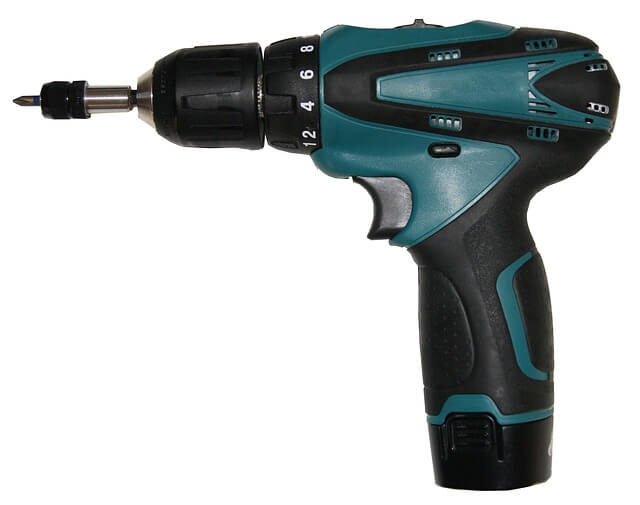
Screwdrivers are great for quick adjustments or delicate materials, but if you’ve ever had to screw in multiple screws during one sitting, you’ll know how easy it is to want to give up.
An electric drill does the work for you, leaving you more time to enjoy your final product, but it’s very powerful, so learn how to use it correctly.
Electric drills are a little pricier than the tools above, but with some smart shopping, there are plenty of affordable options.
If you’ve got extra money in your budget, you can also invest in cordless drills, battery-operated drills, drills with built in flashlights and much more.
5. Saw & Saw Stand

Working with wood or other solid materials means being able to cut these materials quickly, steadily and safely.
You’re going to want a saw that fits your needs. A classic handsaw will do the trick, but it’s worth investing in an electric saw for better efficiency and precision.
There are tons of different types of saws; be sure to pick one that you’re most comfortable with using.
While the type of saw you get is important, getting the proper support for your saw is also incredibly important, yet often overlooked.
The right saw stand will fit well in your space while keeping your work steady and safe.
6. Level
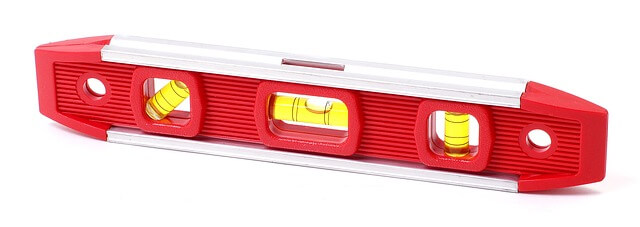
Say goodbye to crooked pictures! The final essential in your toolkit is a level.
Whether you’re hanging, building or designing, a level is going to take your projects to the next level by keeping everything, well, level.
Basic levels run cheap, but you can invest more money in a laser level if you want even more precision.
 All The Frugal Ladies Personal finance with a feminine touch
All The Frugal Ladies Personal finance with a feminine touch
